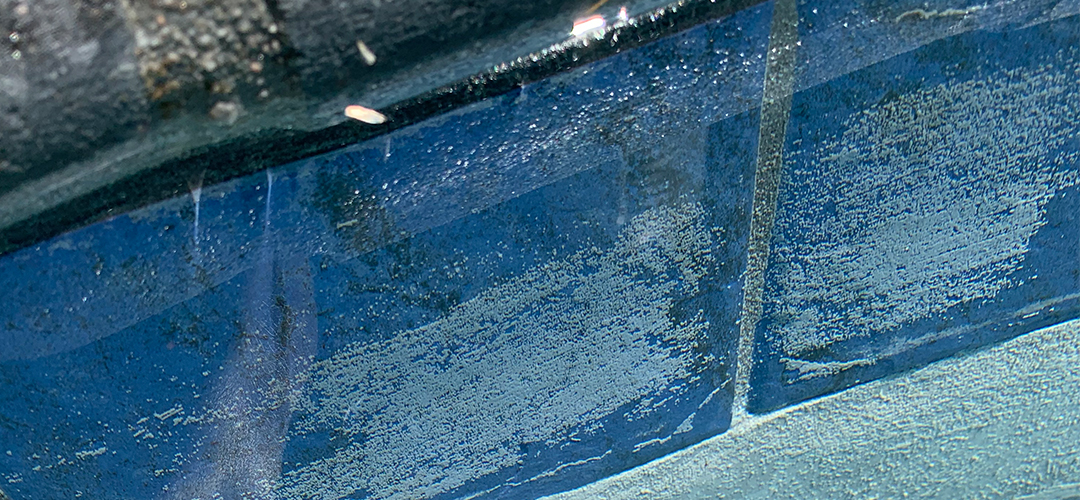Low ph will damage copper pool heaters.
Is calcium hardness important in a vinyl pool.
In reality calcium is actually your best friend for water balance as it is remarkably stable and able to help you keep your pool in lsi balance year.
Calcium for a liner pool can be a bit lower than a plaster pool in the range of 150 250 ppm.
A hardness of 10 is fine in a plastic pool.
Calcium hardness is the measure of how hard or soft your pool water is and measures how much calcium is dissolved in your pool water.
Low hardness does not.
If calcium hardness goes above 400 ppm you will likely see a white flaky crust on the liner and pool equipment.
A low level can result in foaming which is unpleasant but shouldn t harm the liner.
It also produces itchy skin.
If a vinyl liner s calcium level is too low this soft water situation could lead to foaming and other water problems and can harm the vinyl.
In general the whole saturation index thing the pool industry has wasted so much paper on doesn t apply to most pools.
I explain calcium hardness in more detail in our swimming pool glossary.
To keep pool water balanced calcium hardness is one of the most important levels to maintain.
Calcium hardness is also very important to the chemical balancing of your vinyl liner swimming pool.
For vinyl pools calcium should be between 150 250 ppm.
Hardness at any level is only an issue in a plastic pool pvc pipes vinyl liner polymer pump if it s high.
Calcium often referred to as calcium hardness is one of those chemicals that could be easily ignored at first giving the appearance of little importance only to haunt the pool owner in the long run with serious costly damage.
When people see calcium scale or plaster problems that are white in color they immediately assume it s calcium s fault.
If you have a concrete or plaster pool keep the level between 200 ppm and 275 ppm.
Low levels are soft water.

